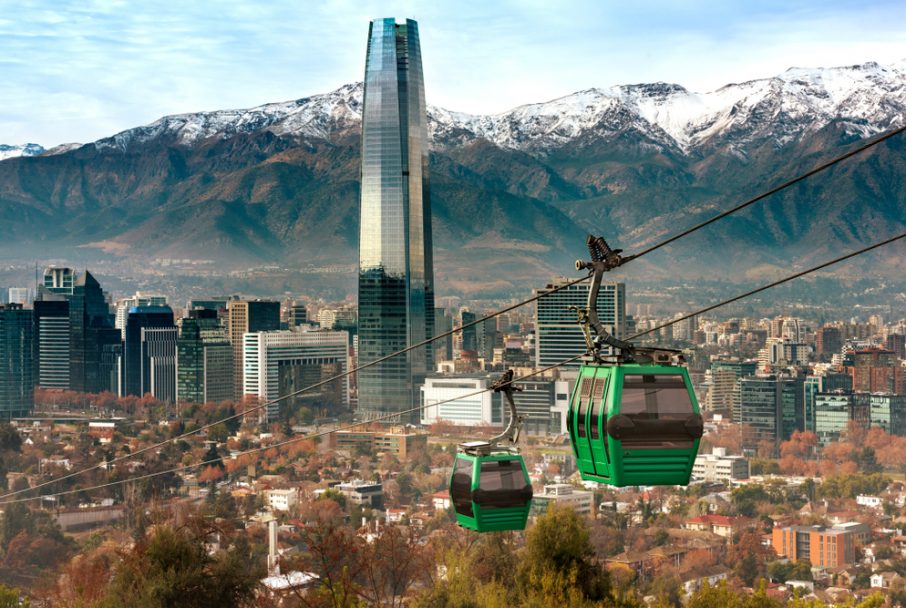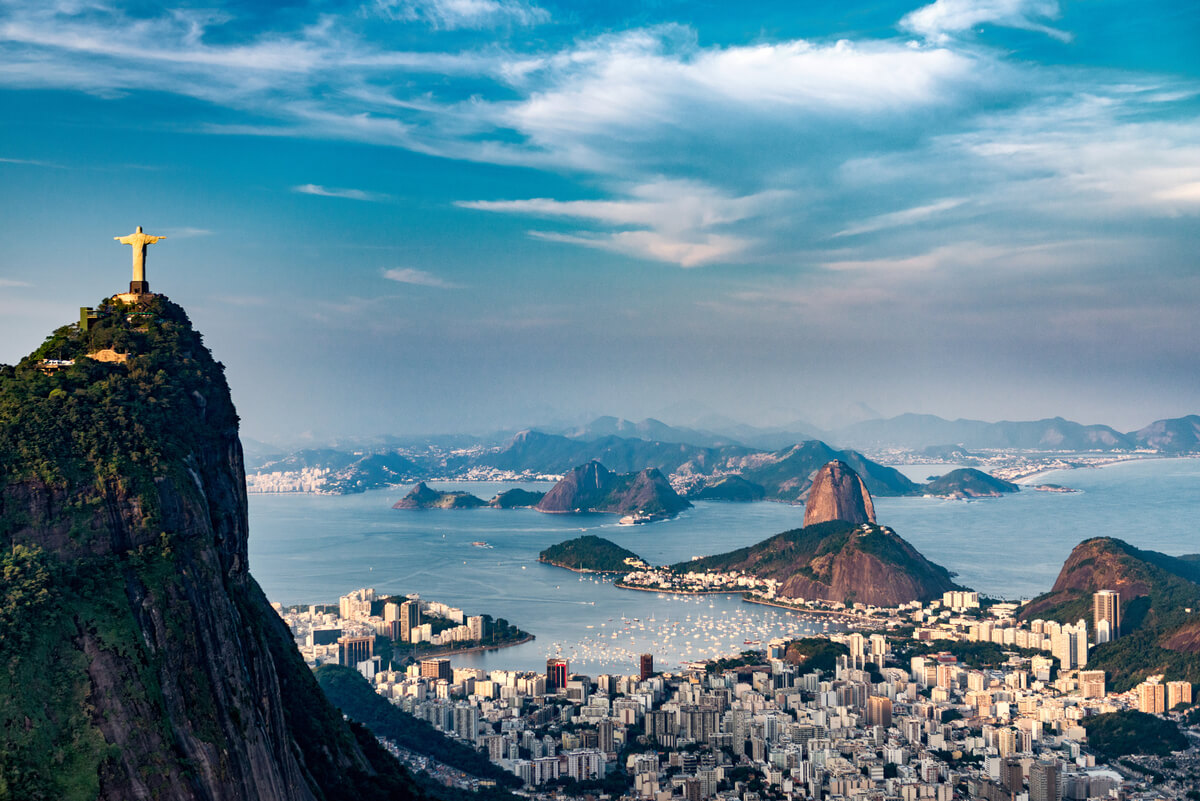Amsterdam
Amsterdam is the capital and most populous city of the Netherlands; with a population of 872,680 within the city proper, 1,558,755 in the urban area and 2,480,394 in the metropolitan area. Found within the Dutch province of North Holland, Amsterdam is colloquially referred to as the “Venice of the North”, due to the large number of canals which form a UNESCO World Heritage Site.
Etymology and Founding
The origins of Amsterdam is linked to the development of the peatland called Amestelle, meaning ‘watery area’, from Aa(m) ‘river’ + stelle ‘site at a shoreline’, ‘river bank’. In this area, land reclamation started as early as the late 10th century. Amestelle was located along a side arm of the IJ. This side arm took the name from the eponymous land: Amstel. Amestelle was inhabited by farmers, who lived more inland and more upstream, where the land was not as wet as at the banks of the downstream river mouth. These farmers were starting the reclamation around upstream Ouderkerk aan de Amstel, and later at the other side of the river at Amstelveen. The Van Amstel family, known in documents by this name since 1019, held the stewardship in this northwestern nook of the ecclesiastical district of the bishop of Utrecht. The family later served also under the count of Holland.
Geography
Amsterdam is located in the Western Netherlands, in the province of North Holland, the capital of which is not Amsterdam, but rather Haarlem. The river Amstel ends in the city centre and connects to a large number of canals that eventually terminate in the IJ. Amsterdam is about 2 metres (6.6 feet) below sea level. The surrounding land is flat as it is formed of large polders. A man-made forest, Amsterdamse Bos, is in the southwest. Amsterdam is connected to the North Sea through the long North Sea Canal.
Amsterdam is intensely urbanised, as is the Amsterdam metropolitan area surrounding the city. Comprising 219.4 km2 (84.7 sq mi) of land, the city proper has 4,457 inhabitants per km2 and 2,275 houses per km2.[68] Parks and nature reserves make up 12% of Amsterdam’s land area.
Climate
Amsterdam has an oceanic climate (Köppen Cfb) strongly influenced by its proximity to the North Sea to the west, with prevailing westerly winds.
Amsterdam, as well as most of the North Holland province, lies in USDA Hardiness zone 8b. Frosts mainly occur during spells of easterly or northeasterly winds from the inner European continent. Even then, because Amsterdam is surrounded on three sides by large bodies of water, as well as having a significant heat-island effect, nights rarely fall below −5 °C (23 °F), while it could easily be −12 °C (10 °F) in Hilversum, 25 km (16 mi) southeast.
Summers are moderately warm with a number of hot and humid days every month. The average daily high in August is 22.1 °C (72 °F), and 30 °C (86 °F) or higher is only measured on average on 2.5 days, placing Amsterdam in AHS Heat Zone 2. The record extremes range from −19.7 °C (−3.5 °F) to 36.3 °C (97.3 °F). Days with more than 1 mm (0.04 in) of precipitation are common, on average 133 days per year.
Amsterdam’s average annual precipitation is 838 mm (33 in). A large part of this precipitation falls as light rain or brief showers. Cloudy and damp days are common during the cooler months of October through March.
Tourism
Amsterdam is one of the most popular tourist destinations in Europe, receiving more than 5.34 million international visitors annually, this is excluding the 16 million day-trippers visiting the city every year. The number of visitors has been growing steadily over the past decade. This can be attributed to an increasing number of European visitors. Two-thirds of the hotels are located in the city’s centre. Hotels with 4 or 5 stars contribute 42% of the total beds available and 41% of the overnight stays in Amsterdam. The room occupation rate was 85% in 2017, up from 78% in 2006. The majority of tourists (74%) originate from Europe. The largest group of non-European visitors come from the United States, accounting for 14% of the total. Certain years have a theme in Amsterdam to attract extra tourists. For example, the year 2006 was designated “Rembrandt 400”, to celebrate the 400th birthday of Rembrandt van Rijn. Some hotels offer special arrangements or activities during these years. The average number of guests per year staying at the four campsites around the city range from 12,000 to 65,000.
Museums
The most important museums of Amsterdam are located on the Museumplein (Museum Square), located at the southwestern side of the Rijksmuseum. It was created in the last quarter of the 19th century on the grounds of the former World’s fair. The northeastern part of the square is bordered by the large Rijksmuseum. In front of the Rijksmuseum on the square itself is a long, rectangular pond. This is transformed into an ice rink in winter. The northwestern part of the square is bordered by the Van Gogh Museum, House of Bols Cocktail & Genever Experience and Coster Diamonds. The southwestern border of the Museum Square is the Van Baerlestraat, which is a major thoroughfare in this part of Amsterdam. The Concertgebouw is located across this street from the square. To the southeast of the square are several large houses, one of which contains the American consulate. A parking garage can be found underneath the square, as well as a supermarket. The Museumplein is covered almost entirely with a lawn, except for the northeastern part of the square which is covered with gravel. The current appearance of the square was realised in 1999, when the square was remodelled. The square itself is the most prominent site in Amsterdam for festivals and outdoor concerts, especially in the summer. Plans were made in 2008 to remodel the square again because many inhabitants of Amsterdam are not happy with its current appearance.
The Rijksmuseum possesses the largest and most important collection of classical Dutch art. It opened in 1885. Its collection consists of nearly one million objects. The artist most associated with Amsterdam is Rembrandt, whose work, and the work of his pupils, is displayed in the Rijksmuseum. Rembrandt’s masterpiece The Night Watch is one of the top pieces of art of the museum. It also houses paintings from artists like Bartholomeus van der Helst, Johannes Vermeer, Frans Hals, Ferdinand Bol, Albert Cuyp, Jacob van Ruisdael and Paulus Potter. Aside from paintings, the collection consists of a large variety of decorative art. This ranges from Delftware to giant doll-houses from the 17th century. The architect of the gothic revival building was P.J.H. Cuypers. The museum underwent a 10-year, 375 million euro renovation starting in 2003. The full collection was reopened to the public on 13 April 2013 and the Rijksmuseum has remained the most visited museum in Amsterdam with 2.2 million visitors in 2016 and 2.16 million in 2017.
Van Gogh lived in Amsterdam for a short while and there is a museum dedicated to his work. The museum is housed in one of the few modern buildings in this area of Amsterdam. The building was designed by Gerrit Rietveld. This building is where the permanent collection is displayed. A new building was added to the museum in 1999. This building, known as the performance wing, was designed by Japanese architect Kisho Kurokawa. Its purpose is to house temporary exhibitions of the museum. Some of Van Gogh’s most famous paintings, like The Potato Eaters and Sunflowers, are in the collection. The Van Gogh museum is the second most visited museum in Amsterdam, not far behind the Rijksmuseum in terms of the number of visits, being approximately 2.1 million in 2016, for example.
Festivals
Famous festivals and events in Amsterdam include: Koningsdag (which was named Koninginnedag until the crowning of King Willem-Alexander in 2013) (King’s Day – Queen’s Day); the Holland Festival for the performing arts; the yearly Prinsengrachtconcert (classical concerto on the Prinsen canal) in August; the ‘Stille Omgang’ (a silent Roman Catholic evening procession held every March); Amsterdam Gay Pride; The Cannabis Cup; and the Uitmarkt. On Koningsdag—that is held each year on 27 April—hundreds of thousands of people travel to Amsterdam to celebrate with the city’s residents. The entire city becomes overcrowded with people buying products from the freemarket, or visiting one of the many music concerts.
The yearly Holland Festival attracts international artists and visitors from all over Europe. Amsterdam Gay Pride is a yearly local LGBT parade of boats in Amsterdam’s canals, held on the first Saturday in August. The annual Uitmarkt is a three-day cultural event at the start of the cultural season in late August. It offers previews of many different artists, such as musicians and poets, who perform on podia.
Categories: Europe
More Lifehack Videos





